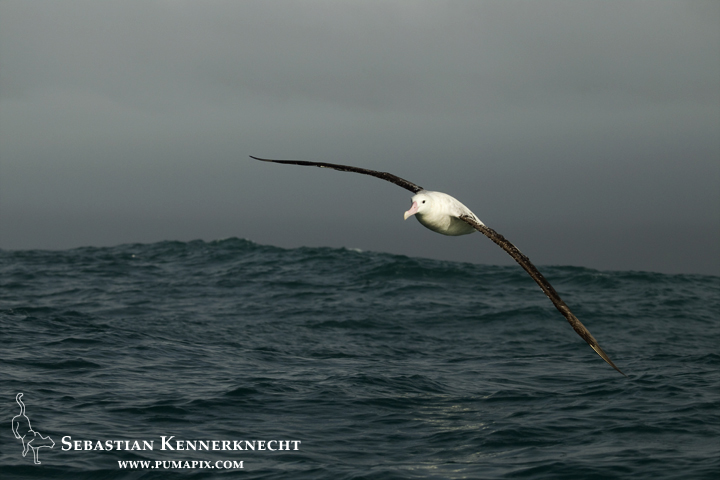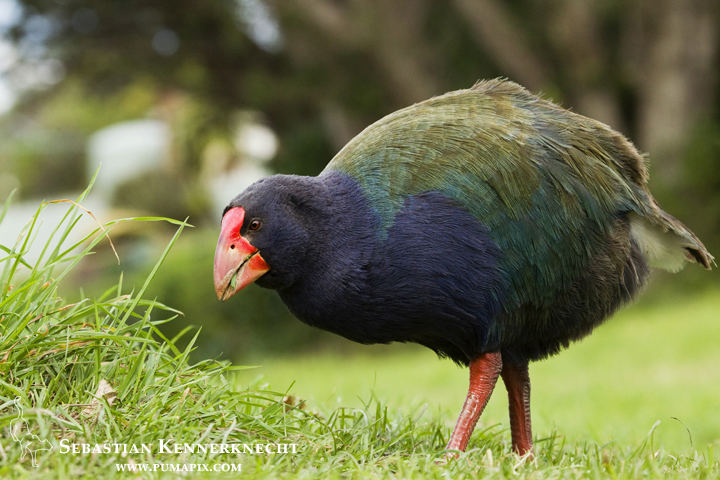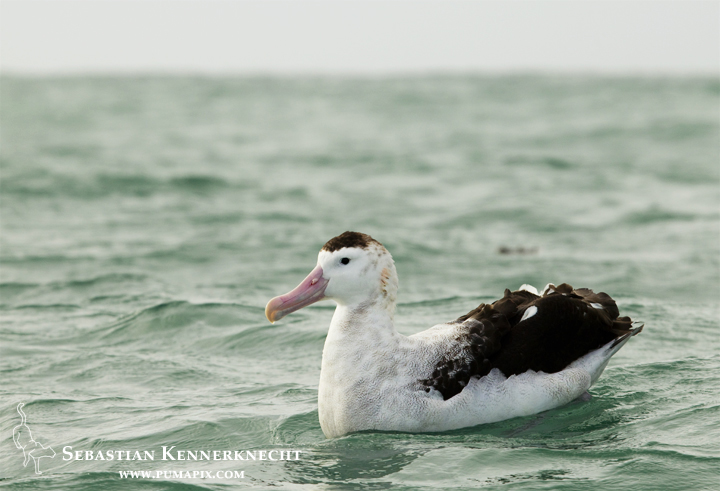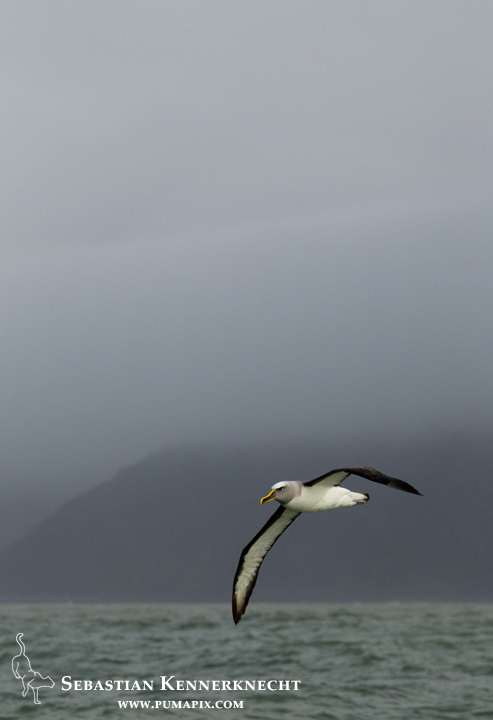They call it the land of the birds, and why not, with over 170 species of birds, of which over 80% are endemic (only found there) to New Zealand, you can understand why. Plus, there are only two native mammal species on the islands, also of the flying variety ( the New Zealand Long-tailed Bat, and the New Zealand Lesser Short-tailed Bat).
Since New Zealand has been separated as its own land mass for over 65 million years, the bird species became extremely specialized in the habitats they occupied and in their way of foraging, leading to great speciation. This pattern of course changed with human settlement as the introduced rats and cats brought many bird species to extinction, plummeting the special total. Nowadays, conservation for the birds is quite strong, a somewhat easier task due to the fact that New Zealand is not an overpopulated country with plenty of habitat, or at the very least space for habitat restoration. This doesn’t mean of course that all is merry as some species are only holding on by a thread, but at least the country as a whole is moving in the right direction.
Kailani and I visited New Zealand for her PhD studies this summer (New Zealand’s winter). Though we were mostly in Wellington, we had the opportunity to make a few weekend excursions to look for some wildlife, by default being mostly endemic birds.
Land Birds
One of the closest, bird life filled places to Wellington is Kapiti Island. It is a small island separated from the main land by a fifteen minute boat ride, but most importantly, it is possum and rat free. That means the birds have no predators on the island and can go about their business as if humans had never come (aka, yipee for the birds!).
A few trails run through the forested section of the island, so we hiked around in there for a bit. Before long we got to see numerous New Zealand Robins. Specifically the North Island Robin, the subspecies endemic to the North Island of New Zealand.
From there we wandered into the habitat taking up most of the island, shrubland. Quite easy to find there are the New Zealand Pigeons. The subspecies is the nominate type, found on all of the mainland of New Zealand.

New Zealand Pigeon (Hemiphaga novaeseelandiae novaeseelandiae), Kapiti Island, North Island, New Zealand
After that we had lunch at one of the few buildings on the island, which are surrounded by all so natural lawns, which also happen to be a favorite grazing area for the endemic Weka, a rail species. The subspecies here is the North Island Weka (Gallirallus australis greyi).
And soon after that we were treated to a sighting for which we made the whole trip. The Takahe is a bird thought extinct for fifty years, until it was rediscovered in 1948 by Geoffrey Orbell (how cool would it feel to be the person rediscovering a species thought extinct!). There are still only less than 300 individuals left of this bird but their population numbers are rising. To increase their chances of survival, birds have been moved to predator free islands (like Kapiti) to let them breed there, after which offspring get moved to different locations for subsequent breeding efforts. On Kapiti, there were three individuals, a breeding pair and their offspring, and we got to see all three of them! A perfect way to finish off the weekend!
Seabirds
Then came the seabirds. I am not sure why I have a secret fascination with them, maybe its because they fly huge distances, often breed on offshore islands where no people live, are some of the most graceful fliers (or gliders), and can be hard to find (well, I guess I do know why I love them!). To try our luck with endemic New Zealand seabirds, Kailani and I did two pelagic trips out of Kaikoura, and boy were we not disappointed. Below are all the endemics we saw (all albatrosses) though we also had the pleasure of seeing Cape Petrels for our first time, as well as Northern and Southern Giant Petrels!

Gibson’s Albatross (Diomedea antipodensis gibsoni) gliding over ocean, Kaikoura, South Island, New Zealand
Maybe the most amazing part of it all is that there are a ton more endemic birds we didn’t see. Sounds to me like we need to go back :). Have any of you been to New Zealand? Any birding spots you can recommend to the rest of us?
*If you are interested in purchasing any of the pictures displayed in this post, please check out my fine prints page for pricing.*








Hi Seabass,
Between the Homer Tunnel and Milford Sound (South Island) is the “Chasm”. Kea (mountain parrots) frequent the parking lot. (see: http://pixseal.com/2013/2013newzealand/img_7499.htm and the following 3 images)
While kayaking in Milford Sound we saw 3 penguins (Fiordland penguins, I think). Since we were in small boats, I did not bring my SLR with me 🙁
In general, I felt that the South Island forests were sparse on any kind of life, including birds. Yes, we saw some N.Z. robins, but no mammals (of course). Lots of sea birds on the coast.
-Dave
Thanks for the tip Dave! Also, stunning pictures not only of the parrots but also the rest of New Zealand. Thanks for sharing the link! I can’t believe the damage from the earthquake in Christchurch is still visible…
Magic Series and magic birds!, New Zealand has so much to offer for nature lovers and photographers. I spend 4 weeks in NZ last year, visiting 8 natures reserves on North and South Islands, so if you need any inspiration just let me know. Below is a link to my NZ blog: –
here is the link:
http://www.bjornolesen.com/blogs.php?cid=33&zid=15#cate
Thanks Bjorn. Great blog, with great information!